AKL | 21 | The blog of a graduated Creative technologist.
Don't wanna be here? Send us removal request.
Link
I designed a sticker calendar, is that a thing? I have no idea but it’s cute and easy to stick on a notebook for the month...
I also made desktop backgrounds because this is what you do when you’re out of uni, bored at 11pm. Also because I couldn’t find one already made so what did I do? I made one myself, that’s what I did. Creative technologists are problem solvers! lmao
2 notes
·
View notes
Link
Tried not to miss anything but here it finally is...
Studio VI you’ve been a rollercoaster hun.
0 notes
Photo
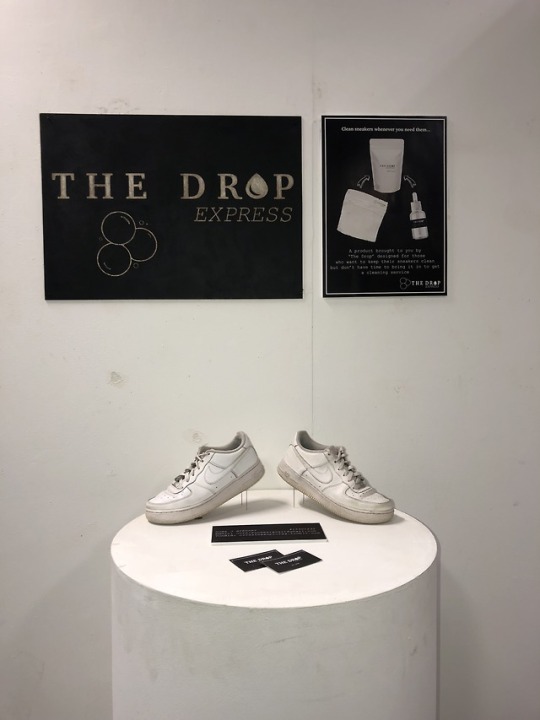
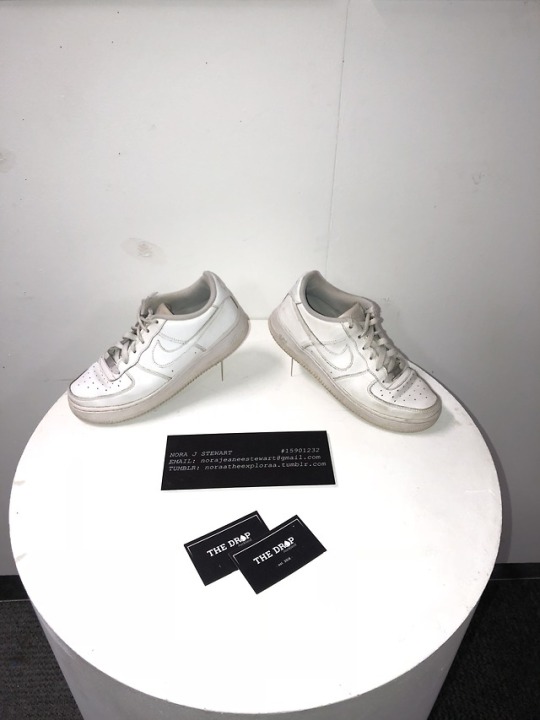
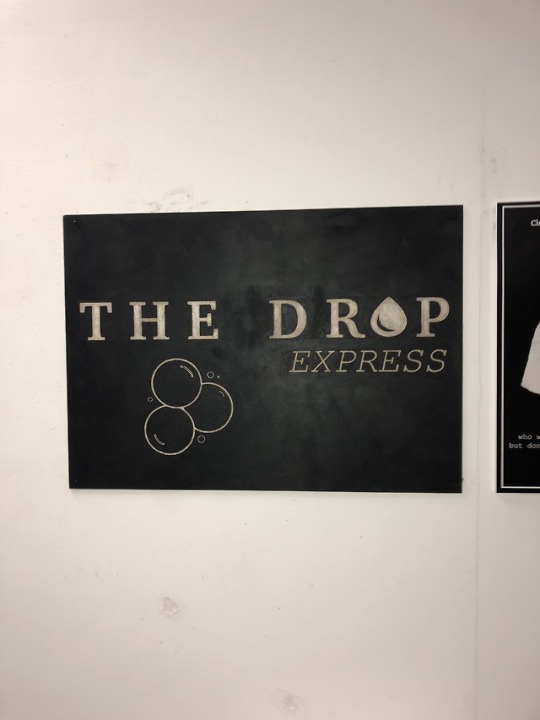
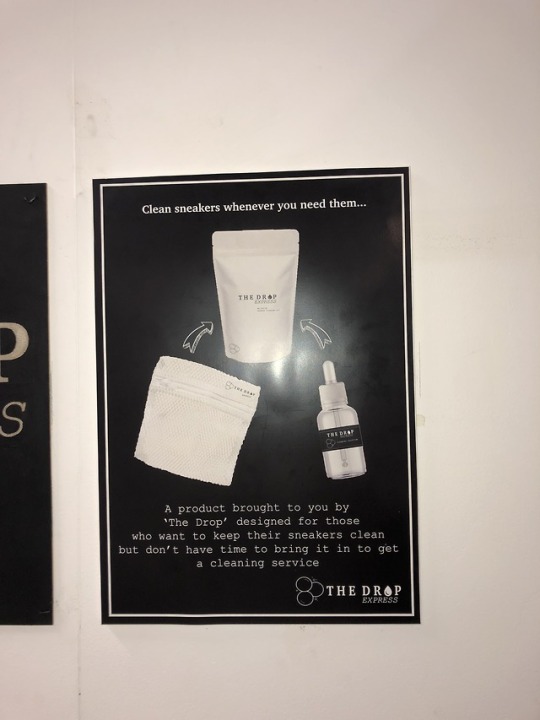
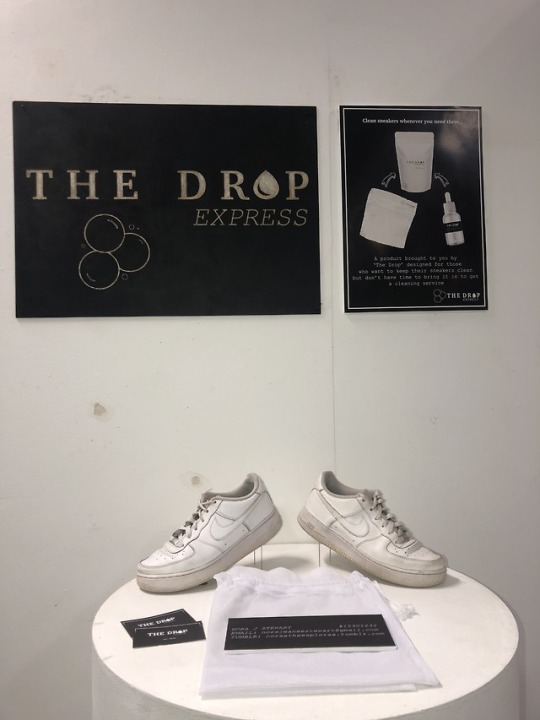
The display for the submission is up and i’m quite happy with how it turned out. I have the bag used in the prototype on display as well as the sneakers that show the before and after comparison.
I will paint the wall properly to cover the sad patches showing but for submission it is well ready.
0 notes
Link
Watch to see the process of working with the project and pretty much going through the steps of using it :)
0 notes
Link
I’ve found music for videos from this site and it has some great tunes, thought it was worth giving cred to.
0 notes
Text
‘Practice’
During this semester i’ve questioned what practice i am focusing on in my final studio project that I am interested in pursuing once i graduate and something that has been consistent in some of my papers is entrepreneurship. I have directed my project towards exploring the makings of a ‘good business’ and looked at expanding that idea through creating/designing a product. The business, something I have been working on since last year now, is ‘The Drop’ which is a sneaker cleaning service that is owned and operated so far by myself. All equity is my own and it functions as long as I put time and work towards it.
The product that has been designed specifically for this studio is ‘The Drop EXPRESS’ which is a packet that clients can use for a quick clean when they don’t have time to ‘drop’ in for a proper service.
Contents:
The wash bag itself contains/is pre-soaked in cleaning solution which is formulated specifically to loosen and remove dirt as well as brighten where possible. All you need to do is place your sneakers into the bag and (depending on the fabric of the upper lining and if the rubber sole is glued on or stitched on) you can either run through lukewarm water whilst scrubbing the bag over the shoes in circular motions to create a lather and continuing to rinse while hand washing. If the sneakers are able, they can be placed in the washing machine in a quick rinse cycle with the water temperature at cold. If the water temperature is above cold, the fabric in the sneakers could expand or the rubber soles could soften, changing the form of the rubber. As a general rule, sneakers should not be run through a washing machine but most people will do it anyways so why not just give them helpful instructions.
The bag washes one shoe at a time and after its first use will be able to wash the pairing shoe fine. However, after washing one pair, all the solution that was soaked into the fabric of the bag will have been washed out and the bag will be just a normal cotton mesh bag. This is where the re-activating drops will come in handy. The ‘cleaning solution’ dropper bottle that comes in the package will reactivate the bag using only 4 drops spread over the bag. The process of cleaning can then be repeated whenever desired until the solution is empty.
Here are some pictures of the prototype process i went through to figure out if the product actually worked.
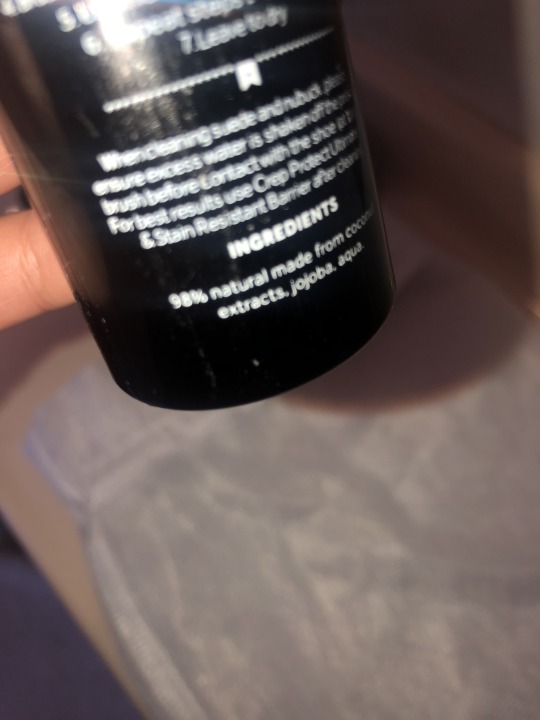
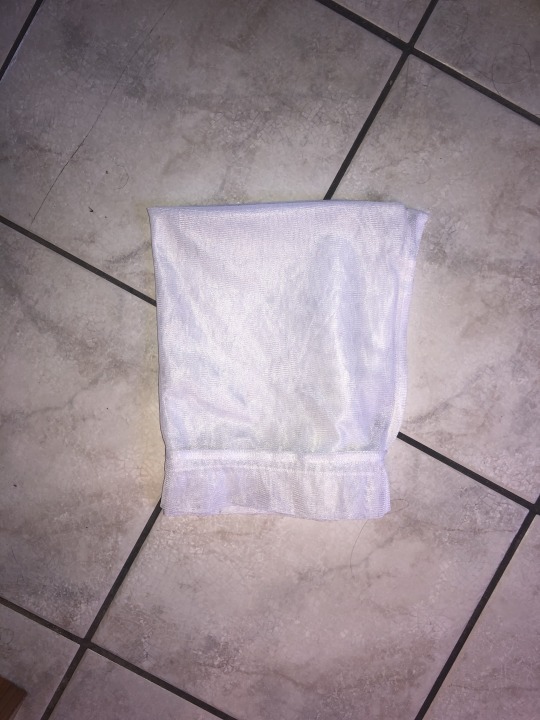
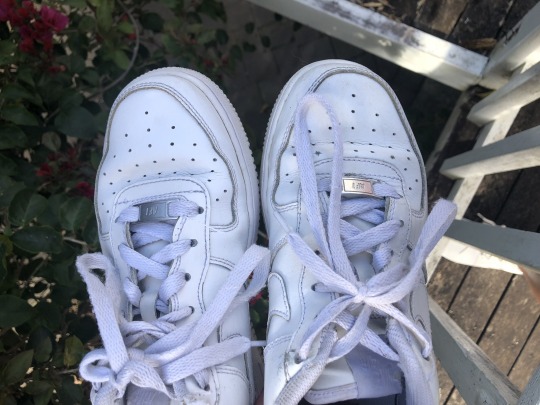
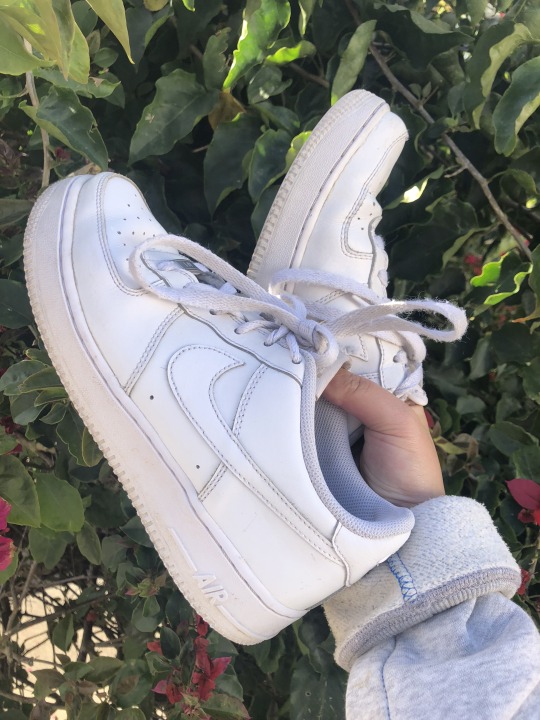
I will post the link to my prototyping video that i’ve been taking a while to edit and post on my youtube channel that i use for this project. :)
0 notes
Photo
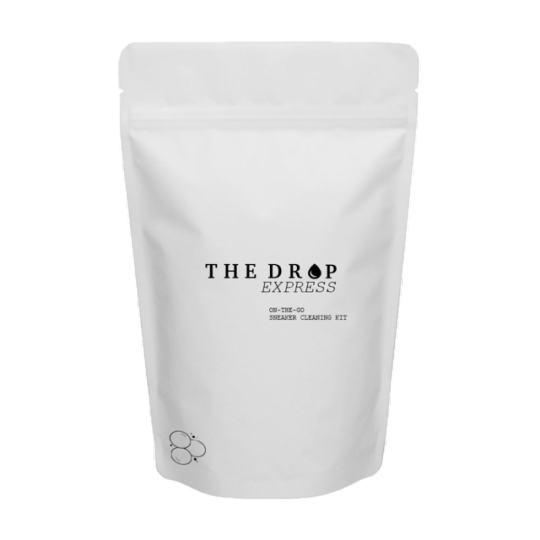
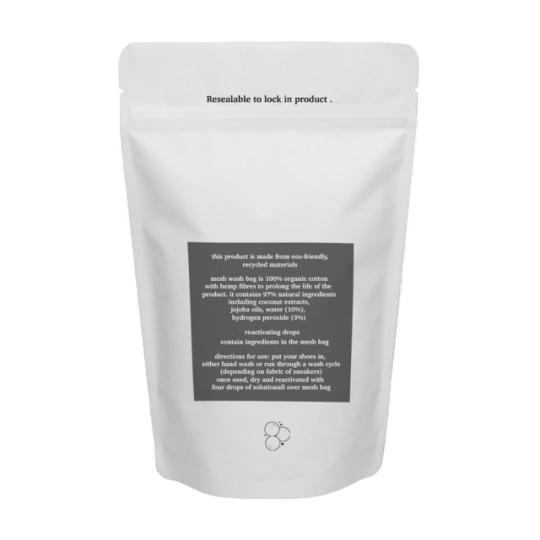
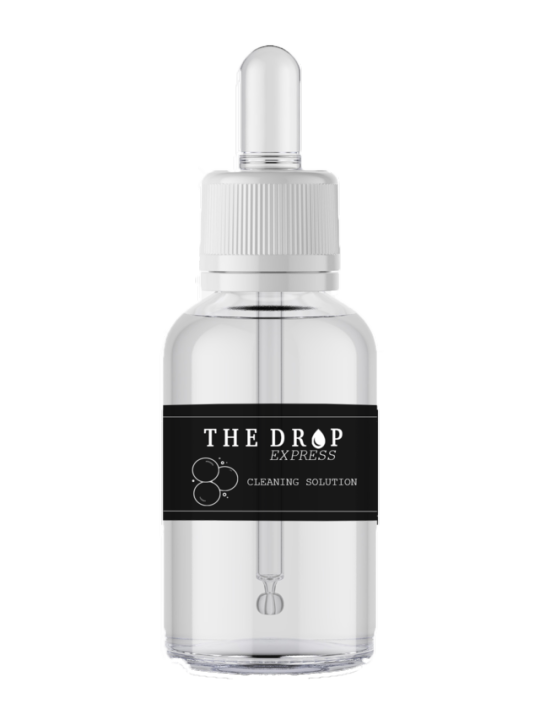
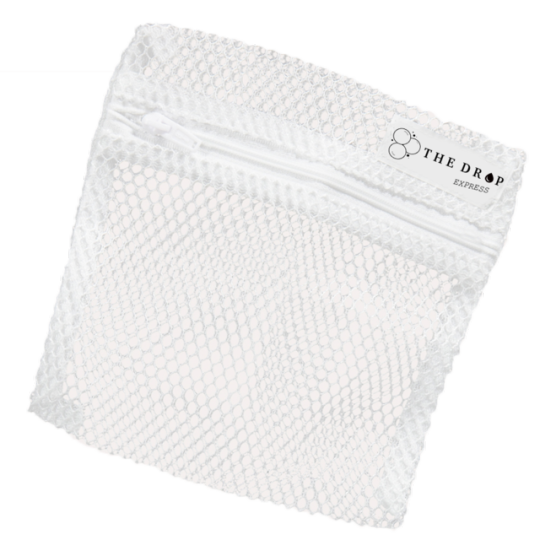
This post essentially sums up my project.
Literally a product that has been through the stages of development that any innovative product will have to go through. Stages of design, assembly, user testing/prototyping, branding, validation, functionality, to assess the stages of creating a product for a business.
I first had the concept of exploring ‘what makes a good business’. Of course this couldn’t align with learning outcomes of this course well enough so what was I to do? Like the creative technologist I am, I chose to take one thing and see if i could challenge it and push my concept of just a business to ‘how can I find a way to still provide the same idea of the business but without all the manual labor for myself?’. So you can look at it and say “so your getting people to pay you to clean their sneakers themselves?” yes. yes i am. but in a sense, it is only aimed as a product to a specific target market that is young adult to middle aged males/women that want to be able to clean their sneakers without having to go into a cleaner (the service my business offers) and can easily do it at home. yes there are products just like mine that are available in stores but as business is the practice I have found most interest in, I saw this as an opportunity to think further than just the service.
0 notes
Text
Environmental responsibility...
For any business, you have a social responsibility (or you should aim to have) towards doing your part for society to have the same values and morals as consumers. Within recent years, there has been an influx in environmental awareness and among consumers, people want eco-friendly products and packaging. Proof of this in the New Zealand market is the change in supermarkets with removal and discouragement of plastic bags. By changing to a eco-friendly strategy of encouraging customers to use reusable bags and cotton or canvas bags available through one-time purchases, customers are developing healthier choices further making more environmentally friendly decisions and making better shopping habits.
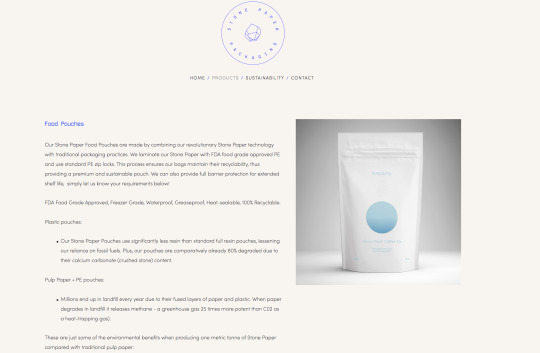
In designing the packaging of the product, It was important to focus on finding recycled or biodegradable packaging that can be thrown away without the worry of being still around floating in the ocean for the next thousand years.
Deciding on a specific uni-carton layout was easy, looking into what sorts of companies offer wholesale eco-packaging was the hardest. Although NZ is known for its greenery and environmental habits, not many companies produce eco-packaging for commercial use. Mostly for food and drink packaging which in all fairness, is the most commonly used forms of throw away one-time use packaging. Straws, cups, takeaway boxes, bags, plates, cutlery, you name it!
I did manage to find a number of companies that ship internationally and sell wholesale and the (food) packaging is recyclable and biodegradable and cruelty free.
Below is the packages that I would prefer to use as they are unique, recycled cardboard and can fit a mesh bag as well as a bottle of solution.
With more consumers aware of the environmental movement and participance in things like Earth day, it is important for businesses to reflect the interests/values of their customers.
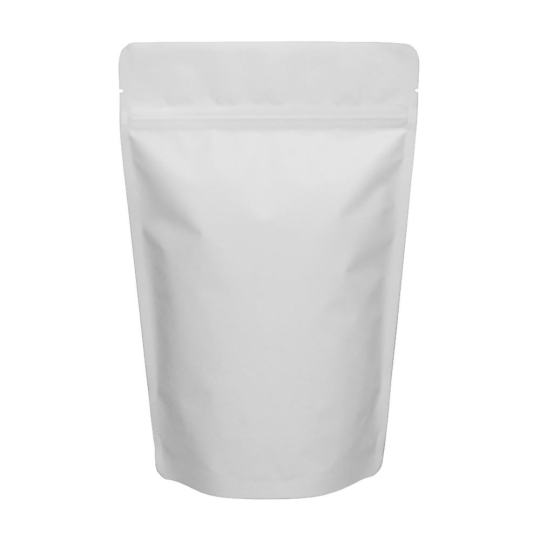
reference:
Newstalk ZB audio, (June, 2018) https://www.newstalkzb.co.nz/on-air/early-edition/audio/kiri-hannifin-countdown-phases-out-single-use-plastic-bags-introduces-thicker-plastic-bags/
0 notes
Text
product validation
studio 6
in an article published by the silicon valley product group, product validation is brought as one of the processes a designer must undergo without ‘building out’ the product and launching it.
its pretty much prototyping but as one of my main points of the project is to understand why prototyping and user testing is crucial to the development of a product, i found this article important to add to my research.
something mentioned in the article i found true is that most product teams are more confident in their product than they should be and they rely on feedback from testing to fix any issues that they overlooked. According to the article, this point of the process could be too late to roll out major changes. It could possibly be due to a limit in the standards the team is giving themselves in what the product should aim to be.
three important types of validation include:
- feasibility testing - is the product buildable and possible to produce? what are some obstacles that will arise in the engineering stage? (this isn’t directly relative to my project as it does not involve anything digital but could relate to how the product is used, reactivated, delivers its purpose etc) - technical difficulties?
- usability testing - presenting the functionality so that different types of users can easily figure out how to use the product.
“Usability testing will often uncover missing product requirements, and also, if done well, identify product requirements that are not as necessary as originally thought. You should plan on multiple iterations before you come up with a successful user experience. The purpose of the usability prototype is to have something to test on real people, and usability testing is the art and science of getting useful feedback on your product from your target customers. Certainly the product manager and designer will use the prototype and learn a great deal from it, but there is no substitute for putting the prototype in front of actual people from the target customer base.”
the key is to evaluate user experience...
- desirability testing - all the functions and features wont matter if there is no demand for it in any market! ask: how much do customers and users value what i am doing?
These above points are probably the most valued information i got out of the article as the rest goes on about how prototyping can be quick and at minimal costs with low budget versions of the product which we’ve learnt throughout the past years of colab.
I think it is important to note that prototyping does not require building the end product. As long as it functions like the product, and carry the same concept/idea, you can be prototyping different aspects of the product. The delivery of the product, the design, the use of it and the function, the effectiveness and whether/how it works.
reference:
M. Cagan (2005) Product Validation https://svpg.com/product-validation/
0 notes
Text
studio vi
So going from focusing on the service to now presenting the design of a product that will benefit that business, I have chosen to no longer look at pricing the product but more on the concept and design of the product. What makes it valid and viable and what is ‘solves’...
I don’t personally believe that as creative technologists we are required to ‘solve’ problems but rather look for new ways to innovate or create opportunities in technologies and markets.
Concept wise, I have aimed to look at an opportunity in a specific market which I am interested in and design a product that is unique and not otherwise available.
0 notes
Text
Studio VI
Making the contextual framework of the project...
In terms of research, there have been a vast amount of aspects I could have researched that would contribute to making a product or business successful. In the sense that I have chosen to develop a product for my final studio project, I have looked into a few focal areas of marketing a product:
- market validation & product validation
- the importance of research and development (prototyping and user testing)
These have informed the shaping of my concept and how i designed the product. When it comes to entrepreneurship and innovation, it has been important to ask myself as a creative technologist, ‘is it different or unique?’ ‘does anyone provide this already and if so, can i do it better?’ ‘what will i need to do to set my project/product apart from others available?’ ‘what am i designing and who is it for?’.
According to a Forbes articles by Kevin Harrington, there are 10 qualities of a successful product and questions that will help us place our product in a position of validation.
10 qualities of a successful product:
1. Does it have unique features?... your product has to be noticeable to consumers and peak their interest.
2. Does it have mass appeal? ... can it attract the everyday person as well as those who are hard to catch?
3. Does it solve a problem? ... is it providing a solution? creating an opportunity or bridging a gap in a market? is this a niche?
4. is there a powerful offer with a supportive cost of goods? right value - right price? is it sold at a competitive price?
5. is easy to use and easy to instruct people to use?
6. is there a transformation or an amazing demo? BEFORE & AFTER comparisons
7. multifunctional? always think competitive... if you release a single function product, your competitor can easily re-innovate your product and make a better version.
8. is it credible? do you have user reviews and testimonials? real people with real results... industry associations? experts who can offer advice or testimonials to further build the products credibility.
9. are there proven results? back up any claims with fool proof success stories or scientific studies
10. can you answer the questions the user is thinking? are you prepared for any and all that could come up about your product... in the perspective of a consumer, think of all they could possibly ask and try to have an answer for them.
The article goes on to mention that if the product is able to answer all 10 questions, it is indeed valid and should be a viable business venture/opportunity. To further make the product attractive to consumers in the desired market, keeping it simple is best and to approach marketing the product through with
“tease, please, seize”
I’ve personally aimed to look at all these facets of a valid product and find how my proposed product suits the criteria of such a list. Addressing the context of my project, the product itself holds almost every quality listed and it becomes part of evaluating the viability of the product.
As the designer, I am required to test or prototype design verification of the product. Through prototyping the service and product earlier in the semester, I managed to determine the quality of the product as well as receive customer feedback, input, and valuation of it.
reference:
K. Harrington (2013) https://www.forbes.com/sites/kevinharrington/2013/10/08/10-qualities-of-a-successful-product/#3c7c5b12126b
0 notes
Text
EP Second solution proposal...
A design for the redesigned docking station for the DYSON 360 eyes...
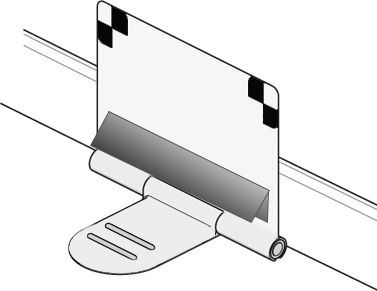
So the in-built vacuum emptying system will be designed to be installed a wall in the house that will be the easiest to access by the vacuum robot. It will be require installation into the wall and it will use reverse suction from the vacuum to push the dirt from the vacuum through the compartments through a slot that will connect to the wall dock. Once dirt is pushed out of the vacuum, it will travel into the wall dock and through a pipe system that will lead all the matter/dust/dirt through the wall/s to a depository in the basement that will be ready for garbage pick up. This system was designed to minimise human interaction as one of the opportunities for innovation that was mentioned in the analysis report.
“...What about the chores that come after the robot vacuuming like cleaning and emptying the catch and filters...?”
This below is what the dock looks like currently as it is just designed for charging...
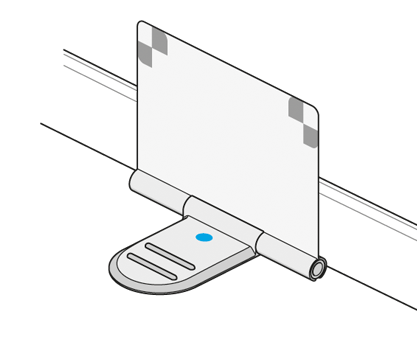
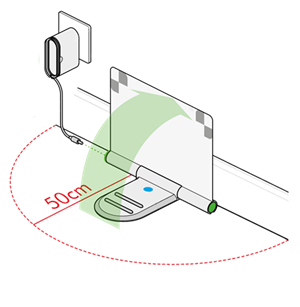
The system is all hypothetical although very achievable. The design concept has been drawn from modern central vac systems that are available for homes today.
a diagram of a modern typical two story house central vac system and how all the rooms will route back to the capture unit in the basement or garage...
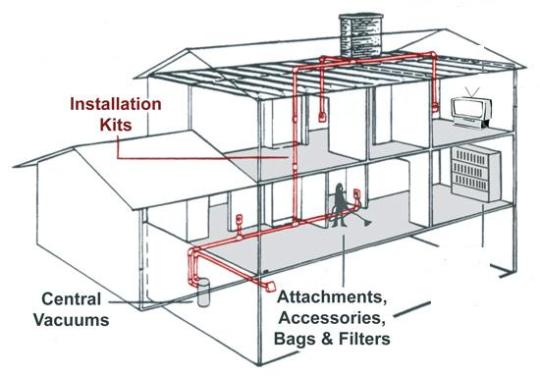
inspiration of what the dock will work like ...
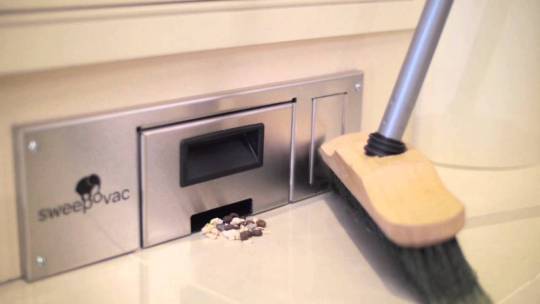
what the central bin unit will most probably look like...
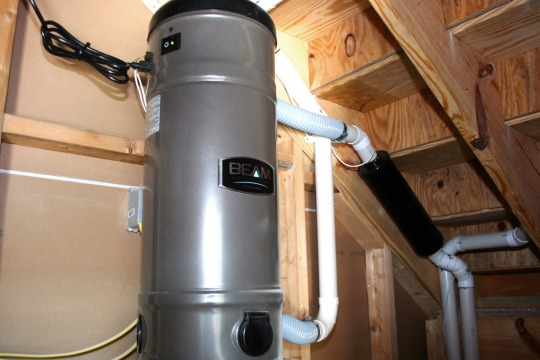
0 notes
Text
EP Second solution approached...
I aimed to create a home system as a whole so rather than just buying the product as a whole unit and entity, the user/consumer will have the opportunity to purchase an in-house (installation) Dyson 360 eyes system. I approached the next problem of self-sufficiency and maintenance by redesigning or introducing a new docking system that is to be installed into a wall of the house (preferably the easiest accessed wall in the house).
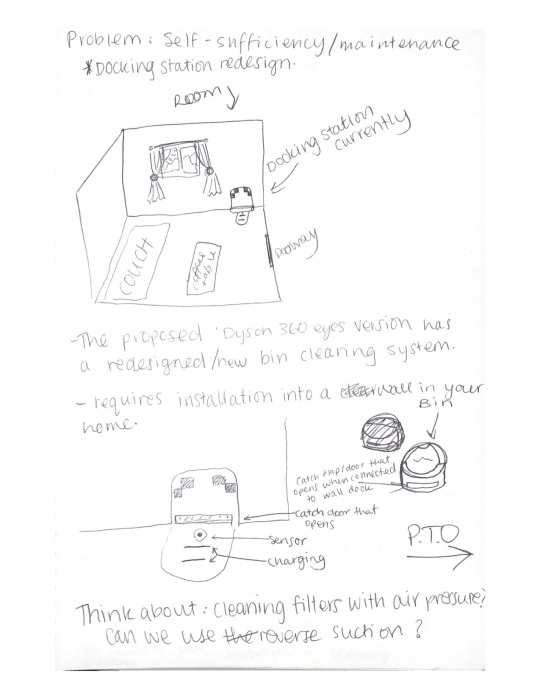
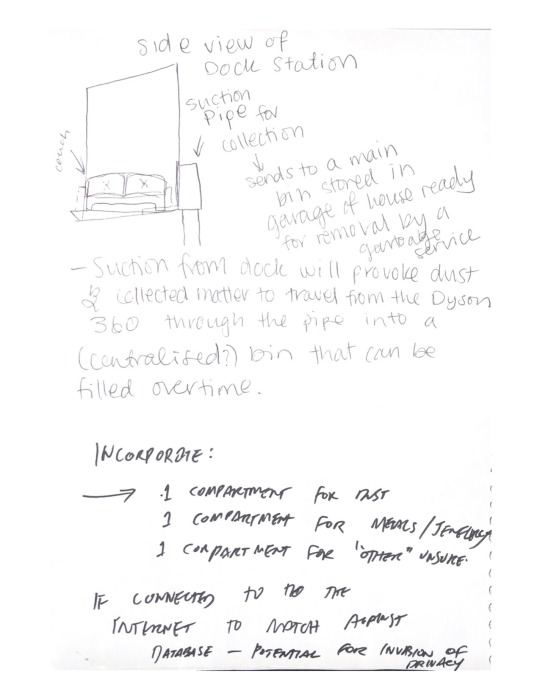
After talking and discussing my idea with a peer in BCT, they suggested incorporating distinct features into the robot itself to make the maintenance make more sense.
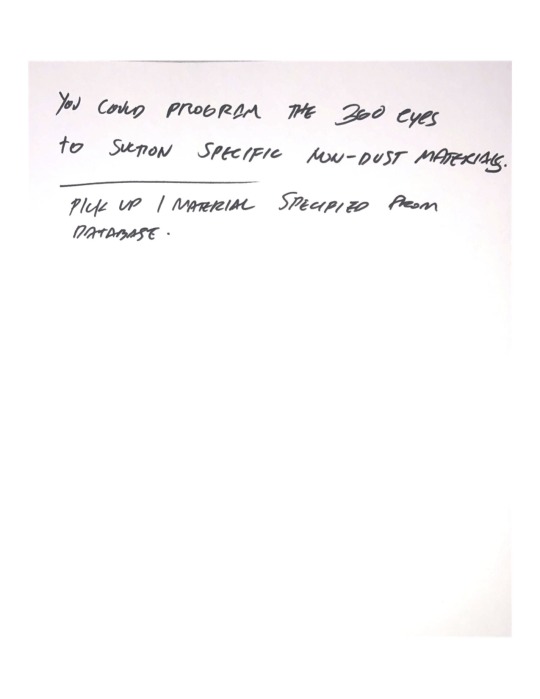
I have taken all these notes into consideration while trying to create graphics, diagrams, and examples of what the redesigned robot will be proposed to look like (hypothetical).
0 notes
Text
Synthesis report
following the last post, here are designs I have made for the in-home dyson 360 eyes system upgrade.
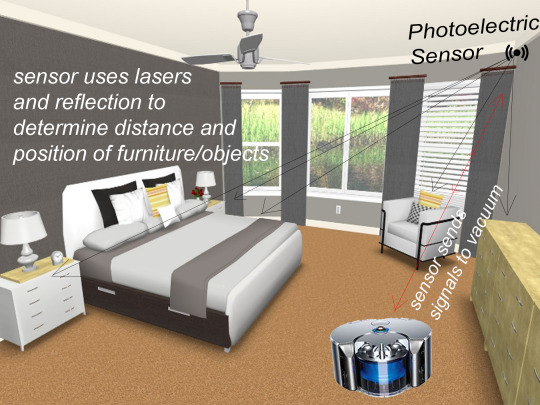
The system requires the installation of photoelectric sensors that will use lasers and light reflection to determine the distance and location of objects in the room and using a wifi connection on a shared network that the vacuum will connected to, signals will be sent to and from the vacuum as soon as the sensors are triggered by the vacuum entering the room. So the sensors will be idle up until they are triggered by the presence/detection of the robot. The baseline version of the installation will provide only a couple sensors to be installed for the most common areas of the house that would require secondary cleaning. For a wider use around the house consumers will be able to purchase more sensors to be installed and of course they can install up to 2 in one room. This will be to limit the signals from confusing the robot but of course still providing verified measurements. More sensors = More accurate.
The sensors will be somewhat designed to look like this...
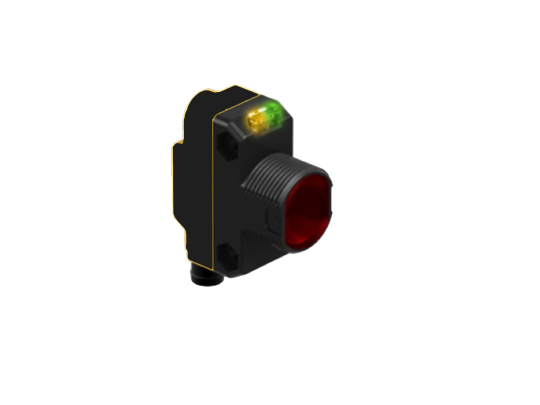
The yellow lines indicate where the sensor will be buried behind the wall. and the laser will be non-visible to the naked eye. Something i have left out is the problem that would arise with moving object such as people. I figured something could trigger the sensor to send a non-available signal to the robot if there is a moving object, but then as the signals update and recompute within seconds, it will send the next available measurements that will be confirmed by the second sensor in the room if applicable.
0 notes
Text
EP Suggesting a solution ?
In approaching the synthesis report, I have incorporated the idea of two problems I personally took interest in (that I drew from the reports) and tried to aim designs of a new model to be released probably in the next few years or possibly after that but not too far in the speculative future.
The first problem I have attempted to approach is Navigation and way-finding.
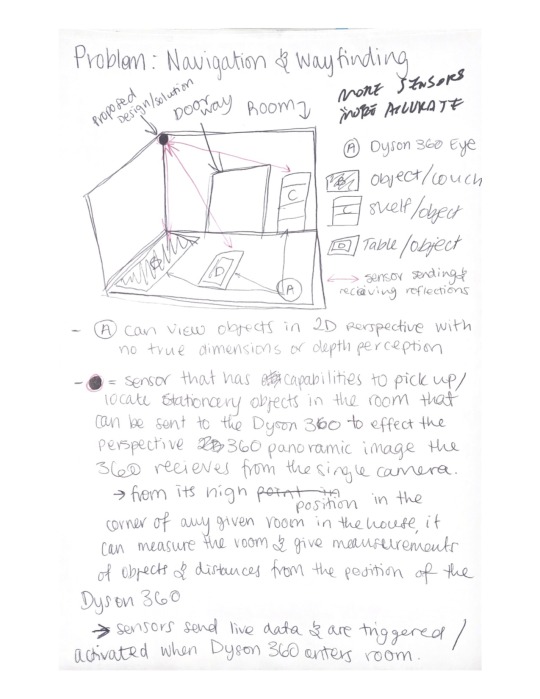
*the document might be hard to read as the flash on the white paper was terrible but never-the-less it is legible*
0 notes
Text
EP synthesis report
Going through the DYSON 360 EYE reports I have decided to look at problems that were found in the analysis report and try to address them in a remodeled version of the robot.
In the below images I have notes taken down from going through the analysis and evaluation reports...
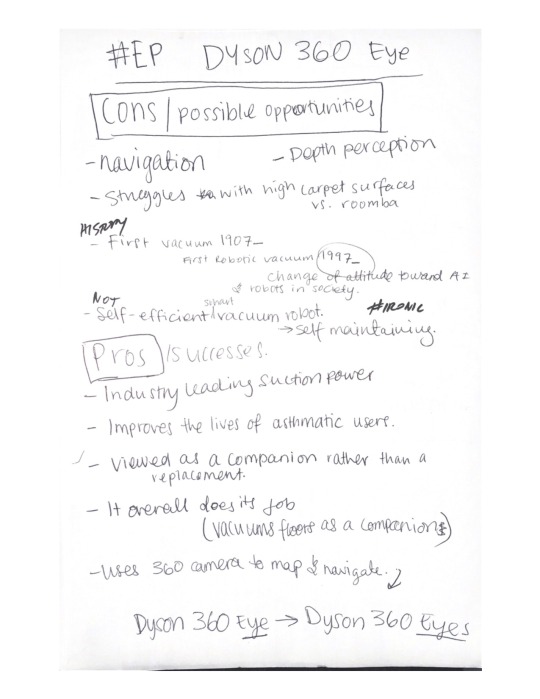
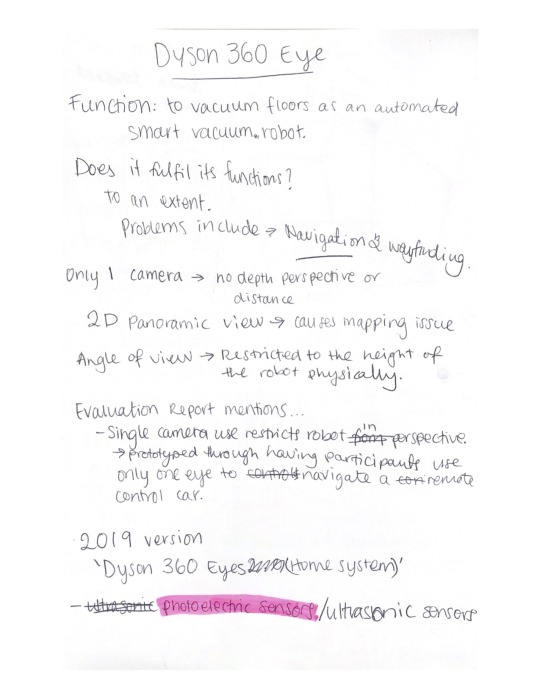
So I’ve compiled these notes to be able to layout and write the synthesis report without leaving anything out but as well as trying to make sure I am to the point and keep it concise.
0 notes
Text
EP (synthesis)
Find ways to improve on the technology?
how can I improve on the marketing techniques or the strategies?
How exactly can I prototype this?
product or strategy?
^ (Essence of the Evaluation process) ^
GOING FORWARD...
Synthesis:
Reflection?
Creating concepts that will better improve and reinvent the product being analysing
1000 words (300 word reflection)
Based on analysis and evaluation report
0 notes